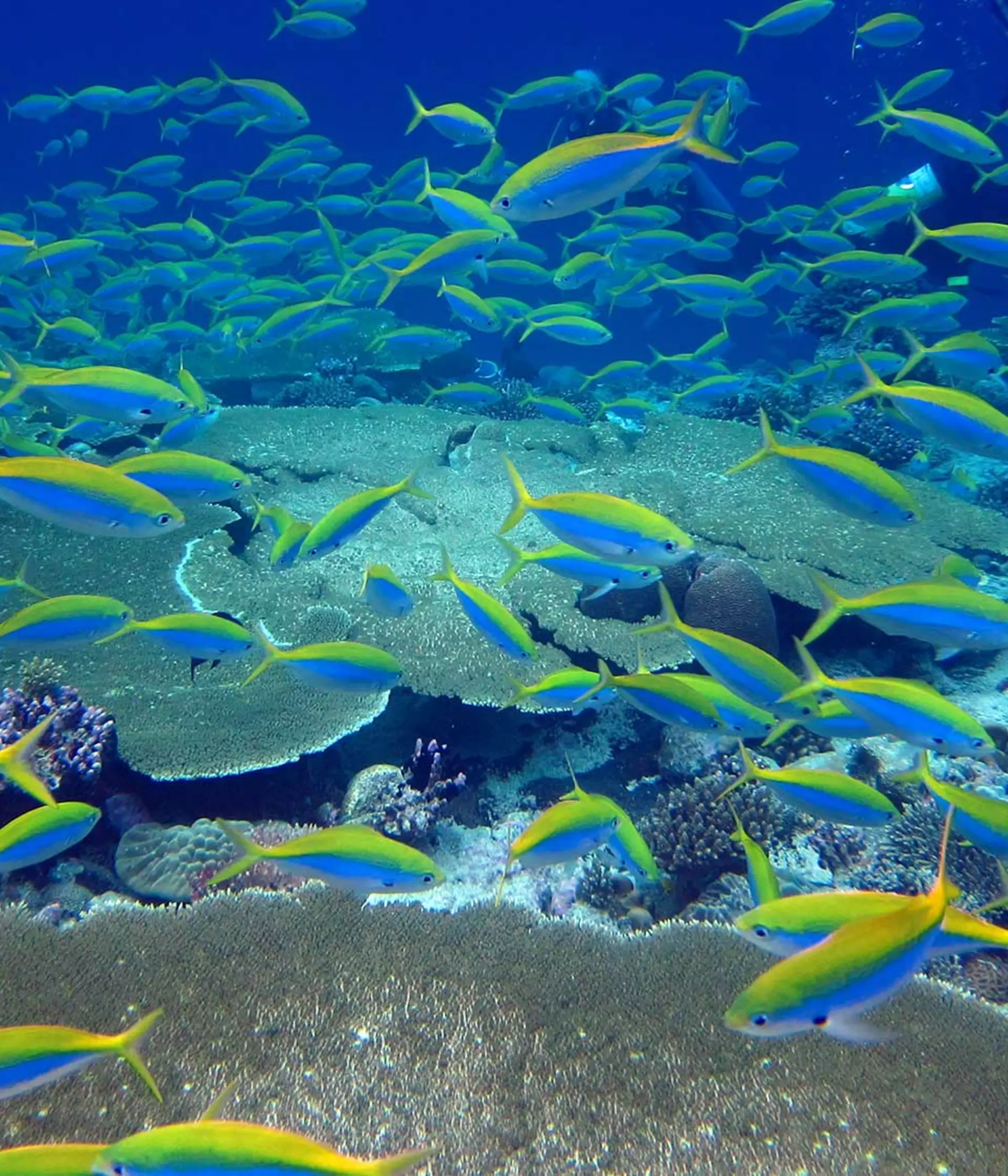Restoring fish and invertebrate populations
From clouds of Monarch butterflies flying from the trees after their winter hibernation, or 50 million sardines synchronised together and moving as one, fish and invertebrate species are responsible for some of the most awe-inspiring moments on earth.
They can bring life to the most inhospitable places and support the ecosystems we all depend on. By protecting these species, like through helping to establish the world's largest Marine Protected area, the Chagos Archipelago, or restoring butterflies on the edge of extinction, we are safeguarding nature and creating a healthier, sustainable future for both wildlife and people.
Fish and invertebrate conservation
Angel Shark Conservation
We’re working at the cutting edge of conservation to protect angel sharks and create practical routes to their recovery.
The Greater Thames Shark Project
Working together with anglers to better understand the importance of the Thames estuary to these animals and to ensure their long-term survival in the wild.
Thames Invasive Species
We're monitoring invasive non-native species in the Thames to protect the wider ecosystem.
Our Sea Our Life - Tackling unsustainable fishing practices
Working with communities to establish more sustainable fishing practices.
Partula snail conservation
We saved the remaining Polynesian snails before they could be wiped out forever, and we have been breeding them ever since to restore their precious ecosystem and place in history.
European eel conservation
European eels once thrived in London’s rivers but the number of young joining the adult populations has dropped dramatically since the 1980s.
Indian Ocean Marine Science
Working to protect the coral reefs in one of the most exploited oceans on the planet.
UK Cetacean Strandings Investigation Programme (CSIP)
We're investigating the strandings of all basking sharks on UK coastlines, as well as cetaceans and marine turtles.
Benthic Habitats of West Greenland
Understanding the impact of trawling to protect the future of this precious ecosystem for people and wildlife.
Bringing back the Chequered skipper butterfly to English woodlands
Post-release monitoring of the conservation work has provided evidence that the newly established populations are thriving once again in English woodlands.
